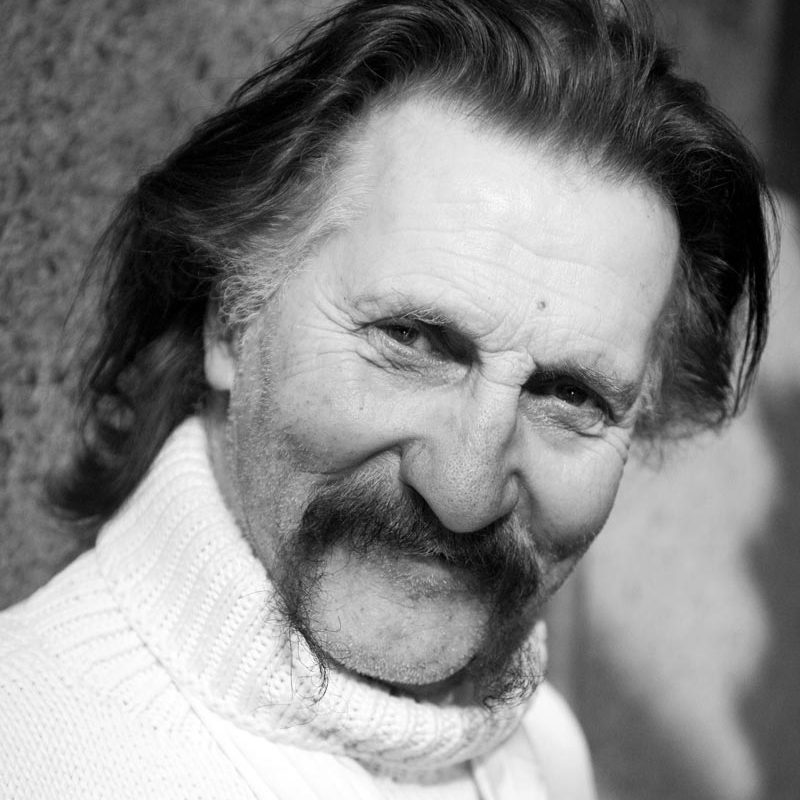
INTERVIEW WITH GUIDO VOSKA, DESIGNIT – DIZAJN PARK MAGAZINE
Will technology change human evolution?
The impact of wearable technology on human development.
Drawing people from around the globe since 2005, the annual Belgrade Design Week kicks off on October 6 -11, 2014. An educational platform and exchange point for experts in design and design-related fields, the BDW festival provides an opportunity for regional and international designers to share ideas and learn from one another. Each year, presentations from creative leaders around the world form the centerpiece of the design festival. Guido Woska, the CCO of Designit, will be a keynote presenter at BDW 2014.
We sat down with Guido to discuss the conference, the future of design, and his upcoming presentation,‘The Human Sensor – Data in the Age of Wearables’. At its core is one simple, yet powerful, question:
‘Will technology change human evolution?’
“I think in the futureit’s all about sense and sensing, because humans and technology will be even more connected. Sense will play an important role in how we design new products and product experiences, how we engage in amazing experiences, and how we allow technology to become an even more essential part of our lives. Last but not least, sense is a great topic because we, unfortunately,are living in a world where common sense has become less and less valued However, I’m optimistic that, as designers, we can bring some sense back into our lives in the future.”
What can the audience expect to hear and see during your lecture?
They can expect to get a pretty futuristic, sometimes highly controversial,look into how technology can change human evolution. The recent rise inthe popularity of wearables raises questions that go far beyond any aesthetic design discussions and deep into the controversy of what part technology can play in our lives, what part it should play, and how that will change the way we, as individuals and societies, will evolve in the future. It will also bring up some very simple—but powerful—questions that we’ll be facing as designers, such as: for whom, or for what, will we be designing in the future?
Apart from the focus of BDW, what topic in the design world is really relevant to you today?
The most important design topic for me right now is the relevance of highly connected, engaging user experiences. These connected experiences are challenging the way design has worked in the past, which was traditionally very discipline-focused. People today demand more connected, highly engaging relationships with products, services, and brands. This is leading to dramatic changes in the design process. As designers, we need to understand that we are already beyond the age of silo-thinking and that more and more disciplines will merge in the future to allow for these new, highly connected product-service experiences to be crafted by designers who are able to think across silos and disciplines, connecting all the little dots into unified productservice experiences.
What is your favorite aspect of working on design projects and why?
Design, for me,has always been a form of self-expression and an opportunity to create sustainable business value and make a meaningful impact on people’s lives. For example, through design and innovation, we recently were able to change the breast cancer diagnosis process in Norwegian hospitals. Previously it took patients an average of 80 days to get a final diagnosis; we, as designers, were able to reduce the entire diagnosis process to just 3 days. To me, this is the power of design: to create a real and positive change in people’s lives.
What is your latest project?
I’m currently working on a project to reinvent and rethink the entire customer experience for Brussels Airlines’ passengers—from physical to digital—connecting all elements of the passenger journey, from the moment you book a flight until you arrive at your destination. Several of our international Designit teams are working on different aspects of the project right now, from new digital tools to a new premium experience in the airport to a connected digital experience. The first bits and pieces are going live in October and it’s pretty exciting to see the puzzle come to life.
And finally, how do you see design changing and affecting rapidly evolving cities like Belgrade, Serbia?
Design’s relevance is becoming less and less about silobased disciplines and much more about envisioning and creating connected, highly engaging experiences for humans. At Belgrade Design Week, I look forward to meeting design experts from all over the world and having exciting discussions about building a better future through design. The city of Belgrade is a great location for these discussions because it’s a place going through massive changes and reinventions; it’s leaving behind the past and adapting to the new realities of today and tomorrow.I want to understand more about how design has evolved here over the past decades and the role it can play in the future society and economy of Serbia.
Trackback from your site.
